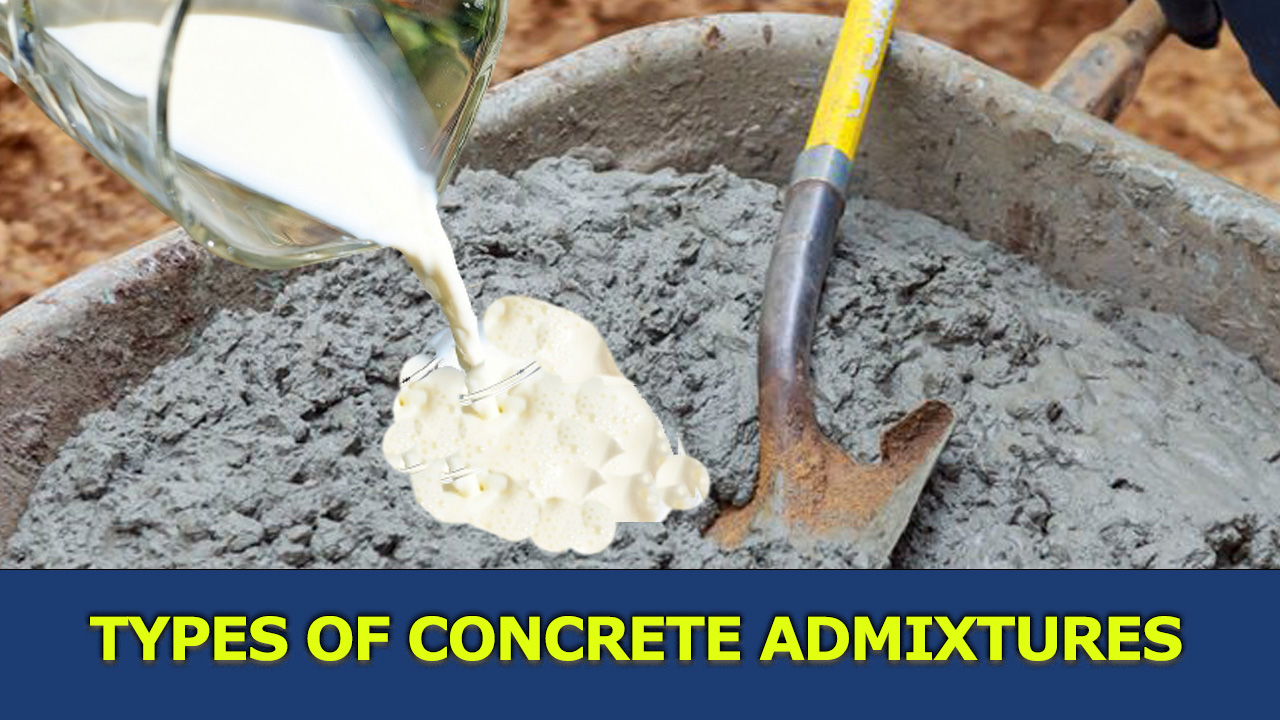The foundation is one of the most critical components if you’re planning to build a house or any other structure. A foundation is the part of a building that connects it to the ground, supporting its weight and distributing it evenly. A building could quickly collapse or sink without a proper foundation, causing significant damage or even threatening human life. In this blog post, we’ll explore what a foundation in construction is, why it’s so important and different types.
What is Foundation in Construction?
A foundation is the lower part of a building or structure that supports the weight of the rest of the structure and transfers the load to the ground. It is the base upon which a building or structure is built and is typically below ground level.
Foundations can be divided into two main categories: shallow foundations and deep foundations. Shallow foundations are used for smaller, lighter structures and are typically located near the surface of the ground. They include strip foundations, which are narrow and rectangular in shape, and slab foundations, which are flat and uniform. Deep foundations are used for larger, heavier structures and are typically located deeper underground. They include piles, which are long and slender columns that are driven into the ground, and caissons, which are large, cylindrical structures that are dug into the ground.
The type of foundation used in a construction project depends on a variety of factors, including the size and weight of the structure, the soil conditions at the site, and the local climate. It is important to choose the right type of foundation to ensure that the building or structure is stable and safe.
Types of Foundations in Construction
Shallow foundations and deep foundations are the two main categories into which the various types of structural foundations can be divided. According to Terzaghi, a foundation is a shallow foundation if its depth is equal to or less than its width and deep foundation if its depth exceeds the width.
Types of shallow foundation:
- Individual footing or isolated footing
- Combined footing
- Strip foundation
- Raft or mat foundation
Types of deep foundation:
- Pile foundation
- Pier foundation
1. Individual footing or Isolated footing:

If separate footings are provided for each column, it is called individual footing or Isolated footing. Individual footing or Isolated footing is one of the most common types of shallow foundation used in building construction. According on criteria like the column’s plan shape and the available space, an isolated footing may have a square, circular, or rectangular shape in plan.
2. Combined Footing:

A combined footing is a type of foundation that is used to support two or more columns or posts that are close together. This type of footing is typically used in construction projects where the columns are too close to each other to allow for separate isolated footings. Combined footings are designed to distribute the load of the columns evenly over the soil and prevent uneven settlement. The plan shape of the base can be rectangular or trapezoidal; the footing shall then be called ‘Rectangular Combined Footing’ or ‘Trapezoidal combined Footing’.
3. Spread footings or Strip footings and Wall footings:

Spread footings, or strip footings, are long and narrow footings that support a load-bearing wall or a line of columns. They are typically made of reinforced concrete and are placed at the base of the wall or column. Spread footings are designed to spread the weight of the wall or column over a larger area of the soil, preventing settling and structural damage.
Wall footings are similar to spread footings but are designed to support a single wall or a section of a wall. They are typically wider than strip footings and are used in areas where the soil is less stable or where the load on the wall is significant. Wall footings can be made of reinforced concrete or masonry, and their design will depend on the soil conditions and the load they need to support.
4. Mat Footing/Raft Footing:

Mat footings, also known as raft footings or raft foundations, are a type of foundation used in construction projects where the soil is weak or unstable. They are designed to distribute the weight of the structure evenly over a large area of the soil, reducing the risk of uneven settlement and structural damage.
A mat footing is essentially a large concrete slab that covers the entire footprint of the building or a significant portion of it. The thickness of the mat footing can vary depending on the soil conditions and the load requirements of the structure. Mat footings can be reinforced with steel bars to provide additional strength and stability.
5. Pile Foundation:
A pile foundation is a type of foundation in which piles are driven into the ground to provide support for a structure. Pile foundations are used in cases where the soil at the site is not strong enough to support the weight of the structure, or when the structure needs to be built on top of an unstable soil layer.
Read more: What is Pile Foundation? Types and Applications
6. Pier Foundation:
A pier foundation is a group of piers to support the superstructure and transfer the super-imposed loads to the deeper firm strata. This type of foundation is constructed by digging a hole in the ground and then filling it with concrete or stone. It is also sometimes called a “drilled pier”, “drilled shafts”, and “drilled caissons”.
Read more: What is a Pier Foundation? Types & Applications
Conclusion:
In conclusion, a foundation in construction is the most critical aspect of any building or structure. It supports the weight of the entire structure and prevents it from sinking or shifting over time. By understanding the different types of foundations and their importance, you can make informed decisions when building your next project.




